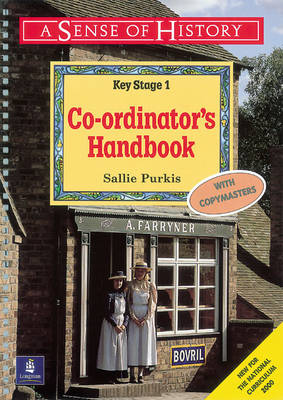Sense of History S.
22 total works
Presented in a ring binder file, the teacher's book also contains sections on planning the whole school policy for history; staffroom workshops for use on INSET days; resources and approaches; and assessing and recording children's progress. A reference section, photocopiable masters and stories covering each topic are also included.
Presented in a ring binder file, the teacher's book contains sections on planning the whole school policy for history; staffroom workshops for use on INSET days; resources and approaches; and assessing and recording children's progress. A reference section, photocopiable masters and stories covering each topic are also included.
Providing a taped reading of the text of the introductory and resource books, these cassettes aim to aid the introduction of the specialist vocabulary and names, offer practice in listening skills and make group work easier for teachers to organize.
Where individual pupils of classes have weaknesses in relation to one attainment target, teachers will be able to select programmes of work which concentrate on developing expertise in that area.
KS2 Britain Since 1930 Teacher's Book Paper
by Sallie Purkis and James Mason
Where individual pupils of classes have weaknesses in relation to one attainment target, teachers will be able to select programmes of work which concentrate on developing expertise in that area.

